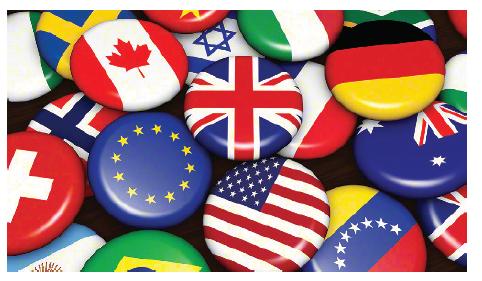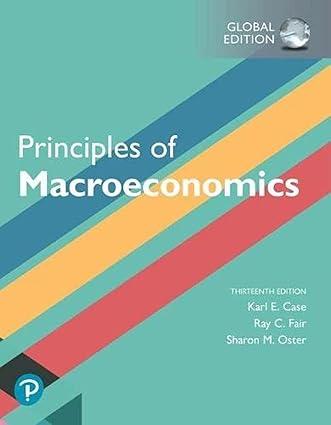The twenty-first century has witnessed several global economic and geopolitical changes that have impacted the global trade
Question:
The twenty-first century has witnessed several global economic and geopolitical changes that have impacted the global trade order. The recent volatility in global politics has caused many developed nations and emerging market economies to favor economic nationalism, state capitalism, and protectionism.
In the wake of the financial crisis of 2008–2009 and the European sovereign debt crisis, governments had to intervene to help their economies recover. Monetary and fiscal stimulus packages were introduced, and several industries received financial assistance from their governments. Some governments increased their stake in large firms to protect jobs.
At the time of implementation, these measures were thought to be temporary, but the fissures in the global geopolitical system turned out to be deep enough to slow global trade integration down and increase trade-restrictive measures like tariffs, quotas, export restrictions, etc. The most notable examples are the United Kingdom’s Brexit vote to leave the European Union, the United States’ withdrawal from the Trans-Pacific Partnership (TPP), its expected renegotiation of the North American Free Trade Agreement (NAFTA), and the rise in the average number of trade-restrictive measures by the G-20 to 20 measures per month.1 On the other hand, several emerging market economies are expected to become the largest consumer markets in the world. Propelled by their increasing GDP and rapid growth of young populations, they are expected to become large sources of demand. At the same time, the young and educated labor force in these economies is also improving productivity and supply. By 2021, the Chinese consumer economy is expected to outweigh the combined consumer markets of Germany, the United Kingdom, and France.
India is projected to be the third largest consumer market by 2025, and Africa is expected to have 1.1 billion consumers by 2020.2 Combined with an increasingly digitized global economy, these predictions suggest that intra-regional trade among emerging market economies is expected to flourish during the next few decades. China plans to take advantage of the burgeoning intra-regional trade with its Belt and Road Initiative (BRI), a €3–4 trillion project that is planned to connect 68 countries through harbors, airports, highways, railways, power plants, and oil pipelines. Once completed, the BRI is expected to further increase China’s productivity and trade, particularly benefiting emerging market economies. Thus, the increasingly protectionist approach in developed economies is a far cry from the perspective of these emerging market economies, which are actively developing trade partnerships outside the influence of developed markets.

Questions
Explain how the BRI is expected to change future global trade relations among the nations connected by the route.
Step by Step Answer:

Principles Of Macroeconomics
ISBN: 9781292303826
13th Global Edition
Authors: Karl E. Case,Ray C. Fair , Sharon E. Oster





